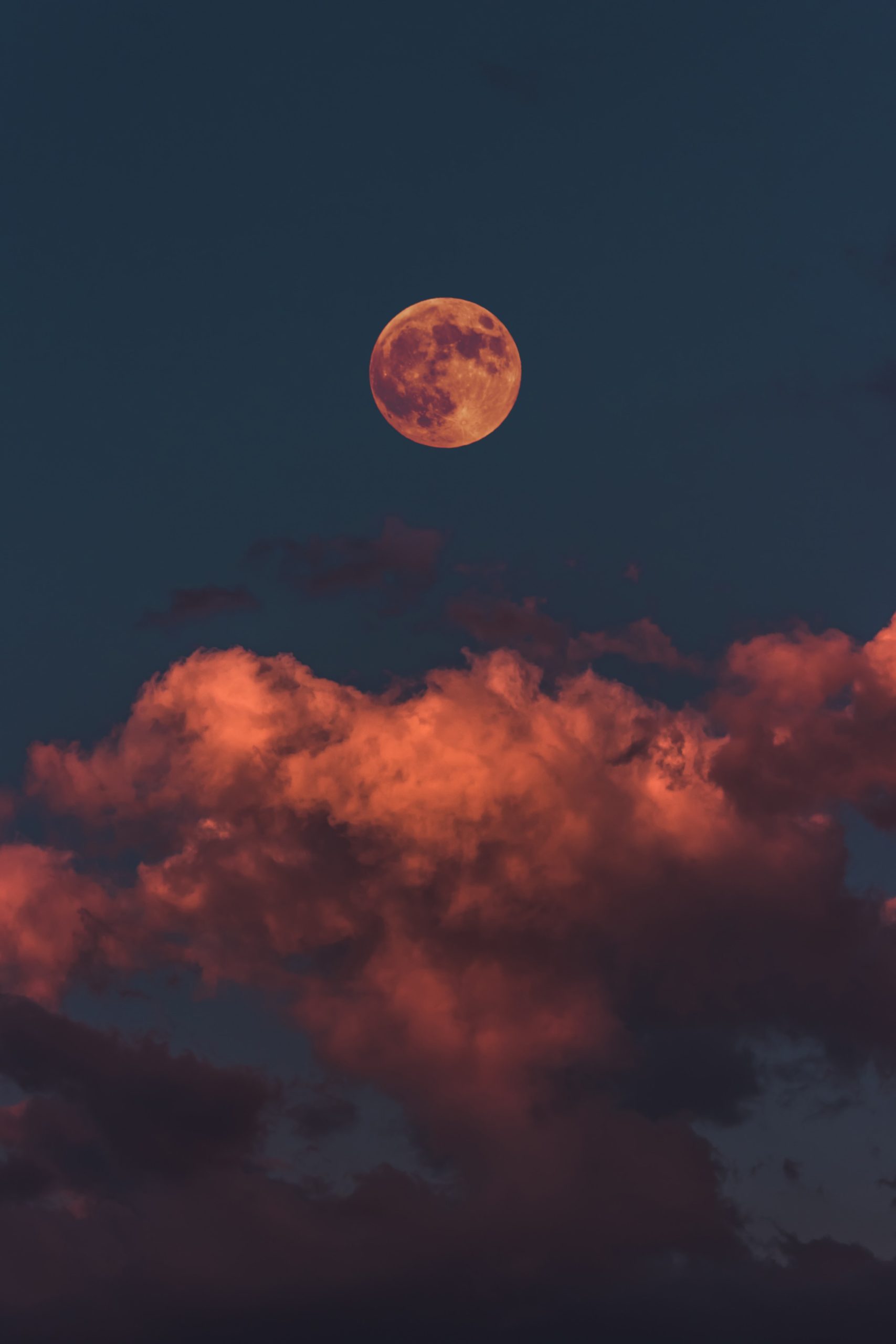The Quarter Moon Phase: A Fascinating Celestial Phenomenon Explained
As the moon orbits around the Earth, it undergoes several different phases, each with its distinctive characteristics and allure. One of these captivating phases is the quarter moon, also known as the half moon or the first quarter moon. In this article, we will explore the quarter moon phase in detail, looking at its appearance, significance, and the science behind it.
What is the Quarter Moon Phase?
The quarter moon phase occurs when the moon has completed one-quarter of its orbit around the Earth since the previous new moon. During this phase, the moon appears as a semi-circle, with one half illuminated by the Sun’s light, while the other half remains in the darkness of space.
The name “quarter moon” can be misleading, as it does not represent the moon’s distance from the Earth or its size. It simply indicates that the moon has completed approximately one-quarter of its journey around our planet.
Appearance of the Quarter Moon
When looking up at the sky during the quarter moon phase, you will observe a beautiful semi-circular shape cut through the night sky. The illuminated side of the moon faces the Sun, while the unlit portion points away from it, creating a stark contrast between light and dark.
The distinct shape of the quarter moon is a result of the alignment between the Sun, Earth, and the moon. As the moon orbits the Earth, the angle between the Sun, Earth, and moon changes, causing different portions of the moon’s surface to be illuminated.
It’s essential to note that the quarter moon phase occurs twice during each lunar cycle, once in the waxing phase and once in the waning phase. In the waxing phase, the illuminated part of the moon increases from right to left, resembling a letter “D,” while in the waning phase, it decreases from left to right, resembling a letter “C.”
The Significance of the Quarter Moon Phase
The quarter moon phase holds both cultural and astronomical significance. It has been a subject of fascination and interpretation in various cultures throughout history.
Navigation and Timekeeping
Astronomically, the quarter moon phase has been essential for navigation and timekeeping. In ancient times, sailors used the position and phase of the moon to determine their direction at sea. The quarter moon, with its prominent half-illuminated shape, served as a reliable point of reference for their celestial navigation.
Similarly, the quarter moon phase is often used by stargazers and astronomers to determine the time during the night. Its distinctive shape and visibility help observers estimate the approximate time based on the moon’s position in the sky.
Agricultural and Cultural Interpretations
Beyond its practical applications, the quarter moon phase has also played a significant role in agriculture and cultural interpretations. Many ancient agricultural societies relied on the moon’s phases to determine planting and harvesting times.
Some cultures associate the quarter moon phase with change, transition, and balance. It is seen as a symbolic representation of the journey from darkness to light, and from the past to the future. The quarter moon is often considered a time for reflection, evaluation, and setting new intentions.
The Science Behind the Quarter Moon Phase
The quarter moon phase is a remarkable example of the interplay between the Sun, Earth, and the moon. Understanding the science behind this celestial phenomenon can deepen our appreciation for its beauty and significance.
Lunar Orbit and Phases
The moon orbits around the Earth in an elliptical path, taking approximately 27.3 days to complete one revolution. As the moon moves in its orbit, different portions of its surface are illuminated by the Sun.
During the quarter moon phase, the moon is positioned at a 90-degree angle in relation to the Sun and Earth. This angle causes one-half of the moon (as seen from Earth) to receive sunlight, while the other half remains in the shadowed region, thus creating the distinct semi-circular shape.
Libration and Visibility
Libration is another factor that affects the visibility of the quarter moon. Due to slight variations in the distance and speed of the moon’s orbit, it appears to wobble or “librate” slightly, allowing observers on Earth to see a bit more of the moon’s surface.
Libration can slightly alter the exact appearance of the quarter moon, making it appear to deviate from a precise semi-circle. This phenomenon adds a subtle touch of uniqueness to each quarter moon phase, making it a little different every time.
Observing the Quarter Moon
The quarter moon is a captivating sight to behold, and it is relatively easy to observe with the naked eye or binoculars. Here are a few tips to make the most of your quarter moon viewing experience:
- Choose a clear night with minimal light pollution for optimal visibility.
- Look towards the eastern or western sky, depending on whether the moon is in the waxing or waning phase respectively.
- Take note of the moon’s position in relation to nearby stars or landmarks to track its movement during the night.
- Consider using a telescope or binoculars to enhance your viewing experience and observe the moon’s surface features.
Remember to take your time while observing the quarter moon. Gaze up at the sky and let the beauty and wonder of this celestial phenomenon unfold before your eyes.
Final Thoughts
The quarter moon phase is a captivating phase of the moon that holds both cultural and scientific significance. Its mesmerizing appearance and symbolism make it a subject of fascination for astronomers, poets, and dreamers alike.
Next time you find yourself under a clear night sky, take a moment to appreciate the beauty of the quarter moon and contemplate its place in the vast tapestry of our universe.
Table of Contents
